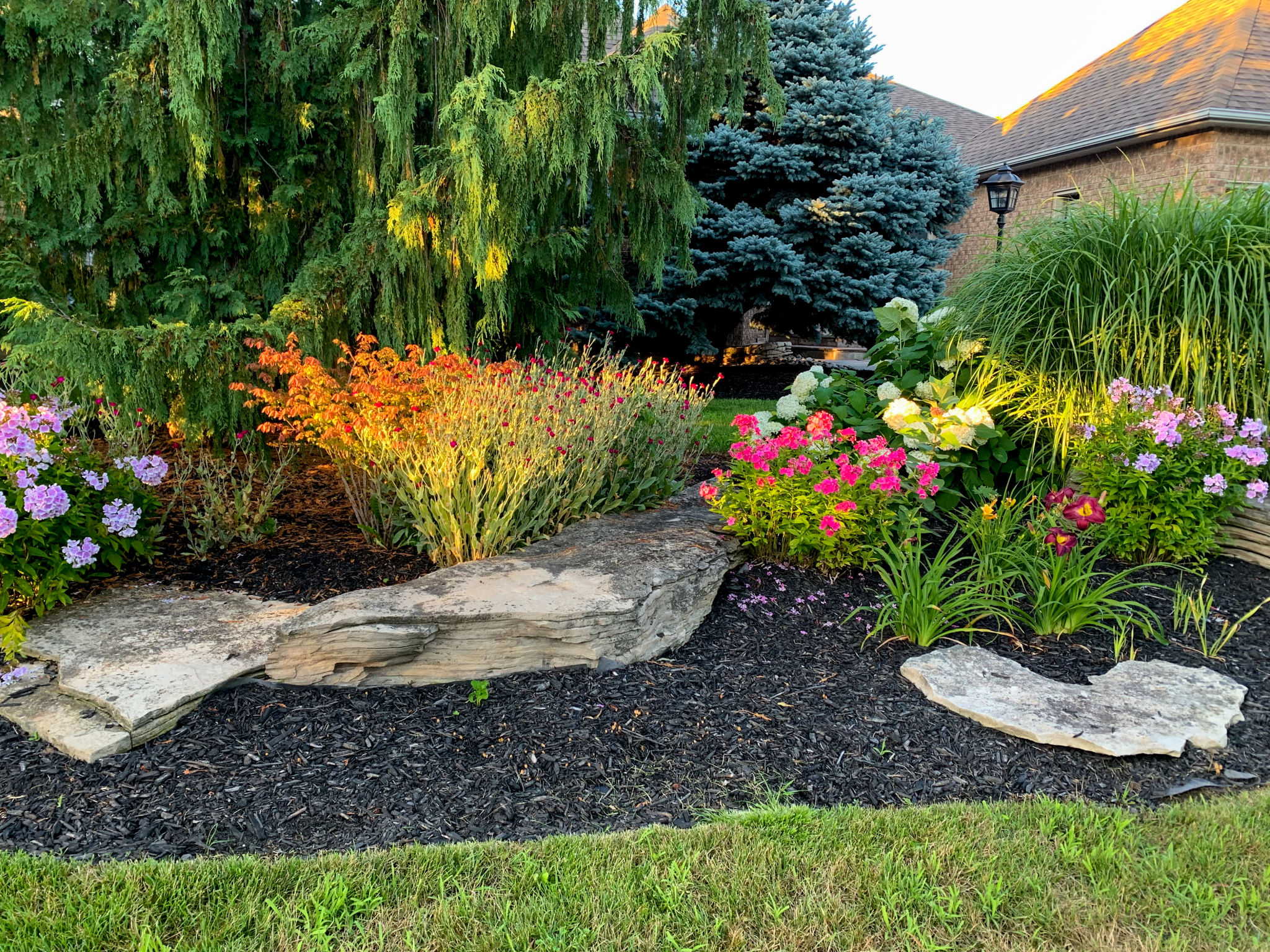Spring Planting Tips for Creating a Vibrant Edible Garden
Getting Started with Your Edible Garden
Spring is the perfect time to embark on the journey of creating a vibrant edible garden. Whether you're a seasoned gardener or a beginner, spring planting offers the ideal conditions to grow a variety of fruits, vegetables, and herbs. The key to success lies in preparation, patience, and selecting the right plants for your garden.

Choosing the Right Location
The first step in creating your edible garden is selecting the right location. Most edible plants thrive in areas that receive ample sunlight. Aim for a spot that gets at least six to eight hours of sunlight daily. Additionally, ensure the area has well-draining soil to prevent waterlogging, which can harm plant roots. If space is limited, consider using containers or raised beds.
Selecting Your Plants
Once you have chosen the ideal location, it's time to decide what to plant. Start by considering your climate and local growing conditions. Opt for plants that are well-suited to your region. Popular choices for spring planting include tomatoes, lettuce, radishes, and herbs like basil and cilantro. For a more diverse garden, consider including some fruit-bearing plants such as strawberries or blueberries.

Preparing the Soil
Healthy soil is the foundation of a thriving garden. Before planting, test your soil's pH level and nutrient content. Most edible plants prefer slightly acidic to neutral soil (pH 6-7). Amend the soil with organic matter like compost or well-rotted manure to improve its fertility and structure. This will provide your plants with the essential nutrients they need to grow strong.
Planting Techniques
When it's time to plant, follow a few simple techniques to ensure success. Begin by spacing your plants appropriately; overcrowding can lead to competition for nutrients and light. Follow the planting depth recommendations for each type of seed or seedling. Water the plants immediately after planting to help them establish roots in their new environment.

Watering and Maintenance
Consistent watering is crucial for a healthy edible garden. While the specific water needs will vary depending on the plants you choose, most require about an inch of water per week. Early morning is the best time to water, reducing evaporation and allowing foliage to dry before nightfall, minimizing disease risk. Regularly check for pests and diseases, addressing any issues promptly to prevent them from spreading.
Adding Fertilizers
To keep your garden lush and productive, consider utilizing organic fertilizers. These can be applied throughout the growing season to replenish essential nutrients. Compost tea or fish emulsion are excellent options for promoting healthy plant growth without harming beneficial insects or microorganisms in the soil.
Harvesting Your Produce
The most rewarding part of maintaining an edible garden is harvesting your produce. As your plants mature, regularly pick fruits, vegetables, and herbs at their peak ripeness. This not only ensures the best flavor but also encourages plants to produce more. Remember to handle your harvest gently to avoid bruising or damaging delicate leaves or fruits.
With these spring planting tips, you'll be well on your way to cultivating a vibrant and productive edible garden. Whether you're growing for personal enjoyment or sharing with family and friends, an edible garden provides fresh flavors and a sense of accomplishment that comes from nurturing your own food.
